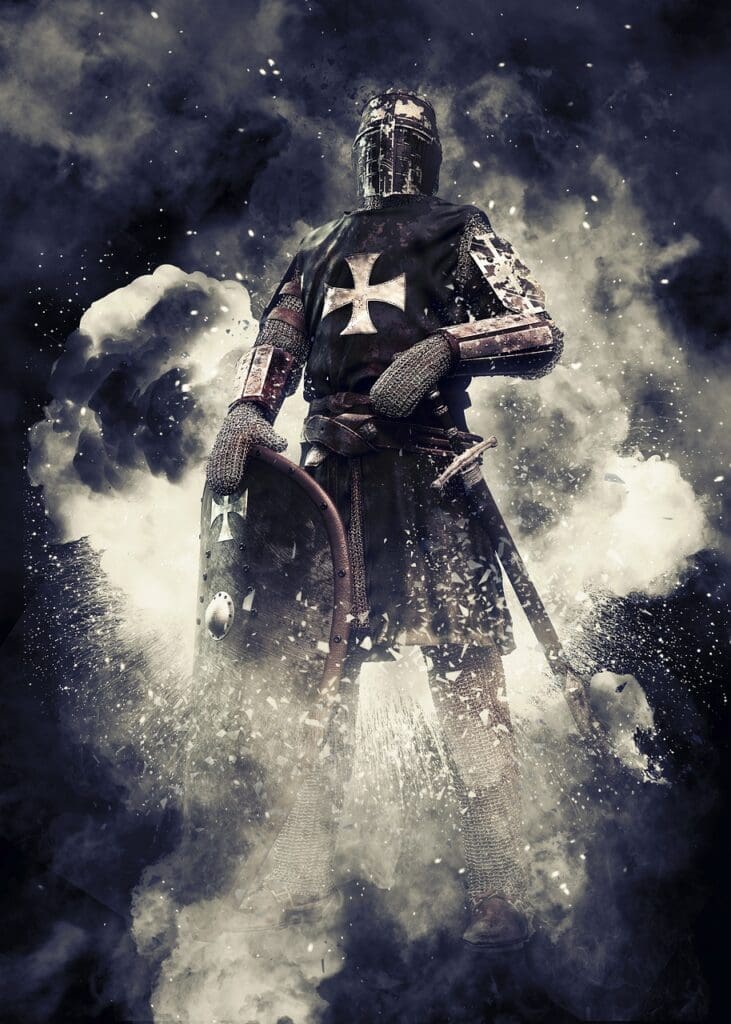The Scrum Master's Role
At the heart of the Scrum Master’s responsibilities is the commitment to the Agile principles and the Scrum framework. The Scrum Master is there to ensure that the team adheres to Scrum practices, but their role is much more nuanced than that of a mere enforcer. They are mentors, coaches, and facilitators who empower the team to identify and implement the most effective processes for their unique environment.
Protecting the Agile Team
Shielding from External Distractions
One of the Scrum Master’s critical functions is to protect the team from external distractions. This includes managing stakeholder expectations, negotiating realistic deadlines, and ensuring that the team is not being pulled in different directions by competing interests. By maintaining a clear boundary around the team, the Scrum Master allows team members to focus on their current sprint goals without the constant interruption that can come from outside influences.
Maintaining a Sustainable Work Pace
Burnout is a real and dangerous threat in any industry. The Scrum Master is the team’s advocate for a sustainable work pace, ensuring that team members are not overcommitting and that there is a healthy work-life balance. This involves shielding the team from excessive overtime and helping the team push back against pressure to take on more work than they can handle without compromising quality.
Defending the Process
Agile and Scrum are built on iterative progress, continuous improvement, and adaptation. The Scrum Master must often defend the integrity of these processes, ensuring that short-term pressures do not lead to the abandonment of Agile principles. This might mean resisting calls to cut corners or to bypass steps that are critical for maintaining the high standards of work the team is committed to delivering.
Fostering Team Autonomy
A key part of protecting the team involves fostering an environment where they can be autonomous. The Scrum Master must ensure that the team has the authority to make decisions that affect their work, without micromanagement from above. This autonomy is essential for a truly Agile environment, where the team can inspect and adapt their processes and work product.
Managing Conflict
Conflict is inevitable in any team environment, but the Scrum Master plays a critical role in managing these conflicts. They work to resolve issues in a way that strengthens the team rather than allowing disagreements to become disruptive. The Scrum Master creates a safe space for open communication and helps guide the team towards constructive solutions.
The Scrum Master’s role in protecting the team is multifaceted and vital for the success of Agile projects. Their efforts to shield the team from unnecessary distractions, maintain a sustainable work pace, defend the Agile process, foster team autonomy, and manage conflict are all crucial in creating an environment where the team can be focused, productive, and motivated. An effective Scrum Master is not just a facilitator or a project manager; they are the champions of the team’s well-being, productivity, and success.




